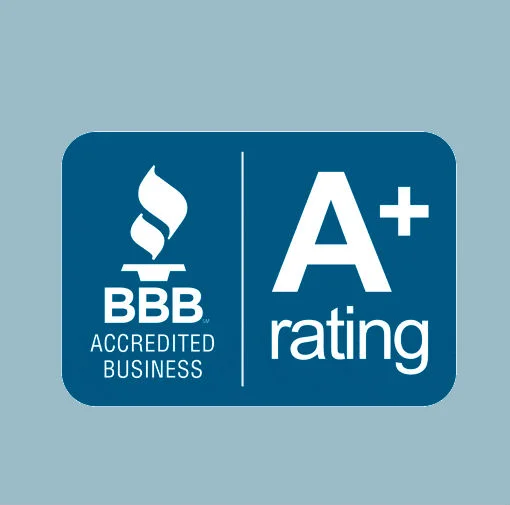Creating an Annuity Instead of an Embarrassing Disaster with Coupons and Flyers
 How to avoid classic direct marketing mistakes and what to do instead
How to avoid classic direct marketing mistakes and what to do instead
Promotional flyers and coupons are growing in usage, and have been increasingly popular with the public for more than a century. On the plus-side, done right, they often work well in the healthcare marketing mix, but it's easy to make mistakes. Here are some of the classic pitfalls to avoid and how to make the humble coupon into a revenue-producing annuity.
Q. Want to clear a room full of doctors quickly?
A. Tell them you are going to put their faces on coupons (or billboards).
To a large extent, they'd be right to leave the room. Coupons aren't right for everyone.
However, a secret few doctors will tell you is that coupons can work extremely well for retail, consumer direct services. What's more, we often advertise the business or service, not the doctor. But, we are getting ahead of ourselves.
Advertising Coupons and Flyers have been around since C.W. Post first included a penny-off voucher with Grape-nuts cereal, and a druggist used handwritten notes offering a free sample of his new product, Coca-Cola.
Safe to say...both products have done reasonably well in the hundred-plus years since. And the humble coupon—which is rarely handwritten these days—remains one of the most effective forms of direct response advertising.
Coupons and flyers (as well as many other forms of direct mail) are a serious option for some healthcare marketing plans. Valpak, Valassis, PennySaver, Clipper Magazine, and Money Mailer are among the familiar names. You can also run inserts in the local newspaper.
The cost is affordable, because printing and mailing is often shared among several advertisers. Most mailing service companies know how to closely target audience groups, usually by neighborhood or ZIP Code. Plus, it's easy to test, track and measure results.
What's more, coupons usage is up as consumers are increasingly concerned about value and well-considered spending.
While they aren't for everyone, coupons and flyers can be highly effective if used in smart ways. For example, sometimes we'll advise a plastic surgeon to open a small medi-spa, and then promote non-scary services via a coupon. The idea is not so much to generate revenue from medi-spa services, but build a low cost, long-term feeder for surgeries.
Thus, patients will take "baby steps" into the practice for something non-threatening like Botox, but while they are there ask about liposuction.
So coupons can work, but only if they're done right. The down-side is...it's easy to make mistakes. To help keep you out of trouble, here are some of the classic problems that traditionally transform coupons from marketing high-flyers into a muddled mess. (And what to do instead.)
- Go for everyone, everywhere. The distribution list that you select can make or break your results, and casting an indiscriminate wide net is the wrong approach. At least 40% of the success in direct mail advertising is connected to the list used. Carefully and precisely define your target audience by ZIP Code, demographics, buying patterns—right down to the neighborhood or side of the street. It doesn't make sense, for example, to include apartment/rental districts if you want to reach up-scale homeowners. Targeting "everyone" reaches no one.
- Use a weak offer (or no offer). Another sure-to-bomb approach is to neglect the offer. Chalk-up a further 40% of your success rate (or failure risk) to the offer you present. The offer is the engine of flyers and coupons, so make it attention-getting, compelling and irresistible. Anything less is guaranteed fruitless time, effort, and results.
- Make the design really pretty; something that appeals to you. If you've done the math, the missing 20% of effectiveness (in addition to LIST and OFFER) is in the 'creative.' But don't confuse "pretty" with what's effective. More over, you are not the target audience, so what appeals to you may not be effective with the target audience. (By the way, this is a toughie, so ask for our help with a critique.)
- Exhaustively list everything you do. A full range of services is good to have, but keep your message tightly connected to the specific offer and focused on the target audience. There's not much space on a coupon, and an individual's needs are individual. Save the secondary and tertiary capabilities for the first office visit (or a separate coupon).
- Use your name or profession as the headline. With due respect, friends and relatives already know your name, but prospective patients or clients want an answer to a problem. Provide a benefit-laden headline about a precise need for a target audience. It's not "all about you," it's all about what the patient/audience can get.
- Do it once, don't test, and quit early. Direct mail has a lot of moving parts, but they are easy to test—change headline, change offer, change list sources. If something works, do more. Otherwise stop and adjust. It's a process that tells you what works best, and shapes a formula for repeatable success.
- Do exactly what the competition is doing. First, odds are that the competition may be making mistakes. The bigger mistake, however, is that copy-cat efforts are exactly opposite of differentiating yourself from the competition. And worse...you've taken your eyes off the all-important target audience. Speak to clearly to them; don't be an echo.
- Let your gut tell you how well it's working. Your guts are probably wonderful, but they can't beat diligent tracking and calculating a true Return-on-Investment. When you rely only on your emotions as a measure of effectiveness—good or bad—you're probably wrong. The nature of flyers and coupons makes it easy to do the math.
The primary objective of direct response advertising is to get the attention of a defined and desired target audience, and to inspire an immediate response. It sounds easier than it is, and you're welcome to call us for help in planning and executing an external marketing effort.
Once you have isolated what works best, you may have designed an annuity which will continue to payoff for a long time.
Related Articles:
Digital Deal-A-Day Coupons Hold Cautions for Healthcare Marketing
7 Insightful Tips for Better Healthcare Marketing Direct Response Results
10 Medical Marketing Strategies to Try in 2019


 How to avoid classic direct marketing mistakes and what to do instead
How to avoid classic direct marketing mistakes and what to do instead






